
What makes branding “good”?
It’s not a simple question. Some obvious answers include measurements of how brand assets impact customer engagement, brand salience, signaling, distinctiveness, memorability, and extendability.
But there’s something else that’s not exactly quantifiable, but certainly still significant. When someone sees a brand out there in the wild and thinks, “wow”, or “beautiful”, or “that feels like me”, a combination of factors are at play. Perhaps the brand somehow speaks to the person’s cultural background, personal values, or specific needs at that time. Or perhaps the brand is appealing to a person’s high sensitivity to aesthetics and originality.
Brands that prioritize the creation of well-crafted identities and systems can send a message that “this brand is serious, this brand is good, this brand is quality” before they actually say anything specific about the product or service being portrayed.
Let’s call that skillful, high-level, creative execution – “craft.”
Craft is more than just “beautiful design” or “good writing” alone.
Anyone can create a nice-looking, professional design using a Canva template with a balanced color palette and friendly stock illustrations. Anyone can write an inspirational quote on their Instagram account. But beyond that, even good designs created by good designers can fall short, lacking in the originality and individuality needed to truly stand out.
Just look at the past few years of “blands” as an indication – utilizing pseudo-minimalist, I’ve-seen-that-before creative, even if it looks and sounds nice, will cast your brand into the depths of the sea of sameness. The “bland” approach may work if you want to create a direct-to-consumer brand with a predictable design and tone of voice, where its greatest aspiration is to be bought out by its corporate arch-nemesis, but it’s hard to believe that’s anyone’s actual goal.
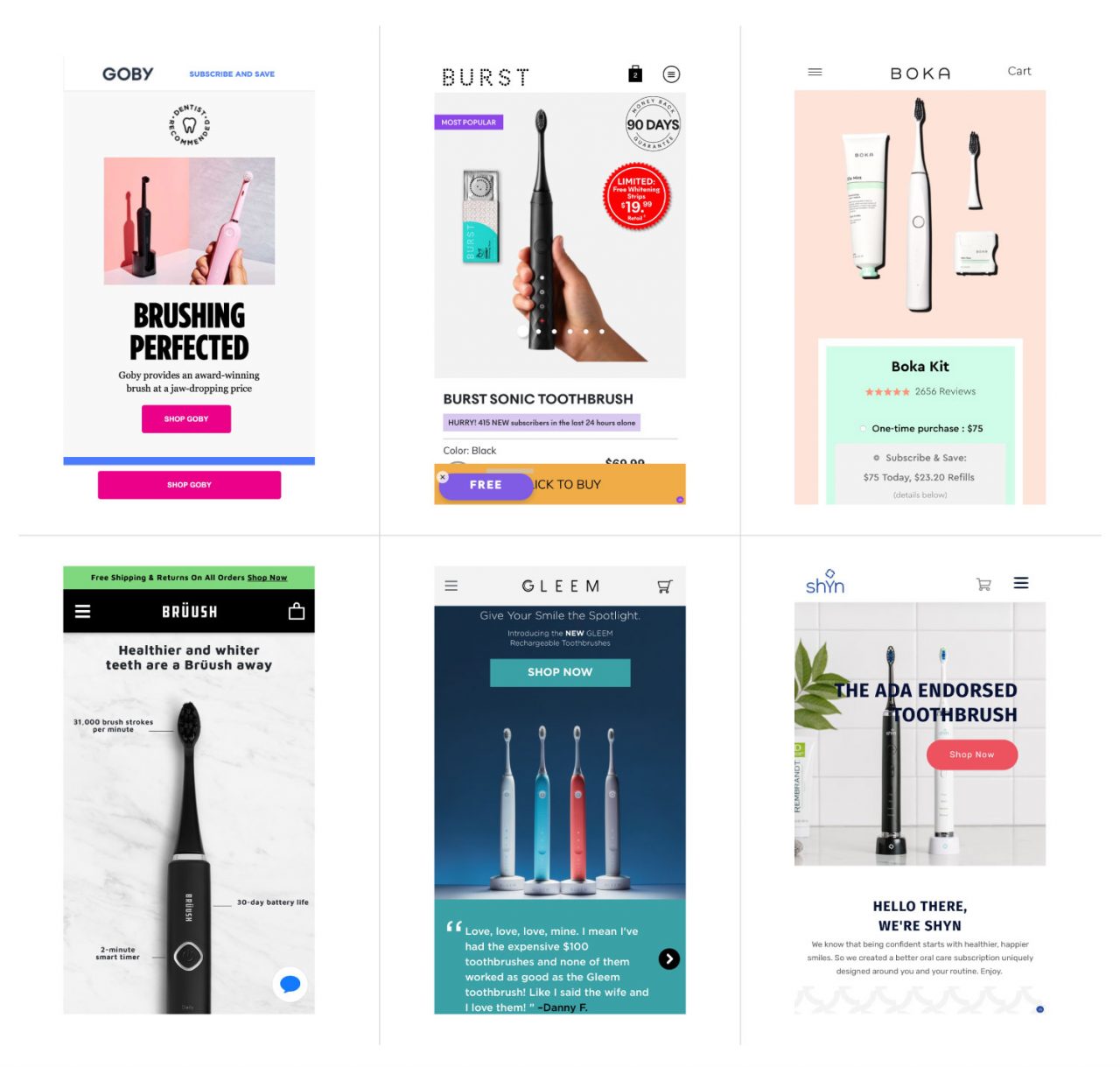
There are more nicely designed, minimalistic brands out there than we can count, most of which are not memorable.
What’s more elusive, and more difficult, in today’s world is designing a well-crafted brand. This type of work is created by masters of their craft, and includes sophisticated (but not overcomplicated) brand assets that send the instant, almost unconscious message: “We take our work – and you – incredibly seriously.”
Beyond that, a well-crafted brand has personality. Much like a real human personality includes all the quirks and unique traits that distinguish them from a robot, a brand’s personality, when properly expressed, will also communicate an inherent uniqueness.
How do we quantify how “well-crafted” a brand’s assets are? Isn’t it subjective?
Yes, different types of design, writing, audio, appeal to different people. But, much like when considering the difference between amateur and fine art, there is a real distinction between: Something that is well designed and tailored to the target audience vs. something that is well designed, tailored to the target audience, and expertly executed, original, distinctive, emotionally captivating, and intriguing.
Those additional adjectives are what come out of a high level of craft – of skill – being woven into the fabric of a brand’s assets.
Take the following example:
Fertility is a loaded subject. For any brand to operate in this highly sensitive space, they need to be acutely aware of how end-users will interact with their brand and their product. Even more so, they need to honor and respect the emotionally charged situations that may motivate someone to engage with fertility-tracking devices.
Remaining sensitive to the user experience while creating a distinctive and captivating brand in this category is a difficult balance to strike.
MYLO, a fertility tracking technology that was recently rebranded by Ragged Edge, truly embodies a high level of craft across customer-facing touchpoints: design, messaging, copywriting, packaging, etc.
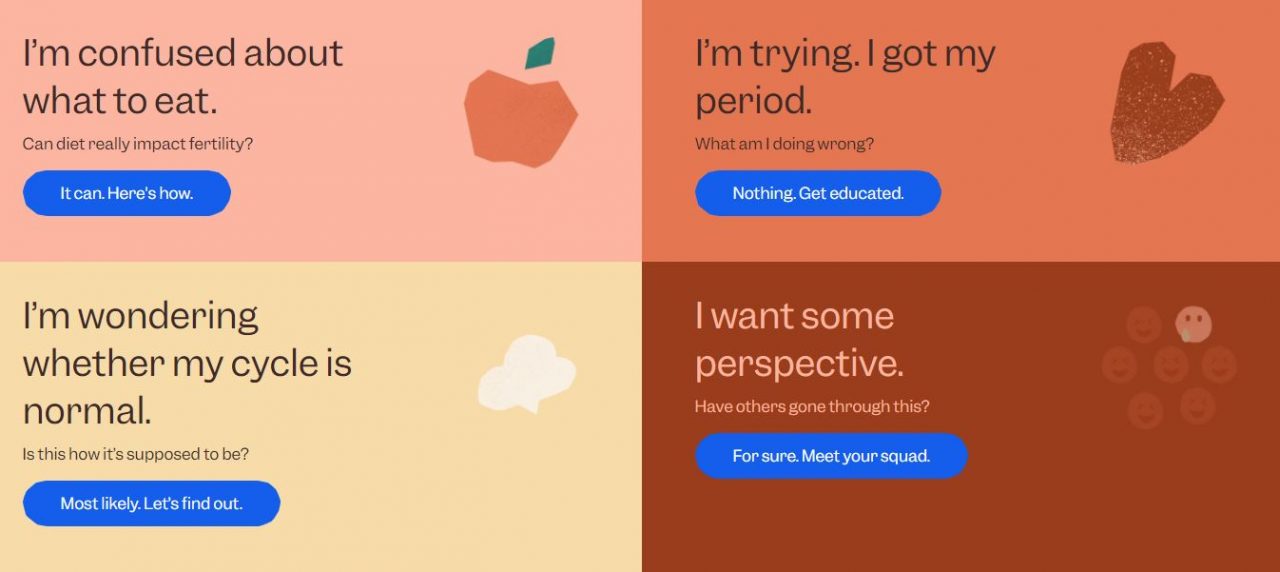
Note the personal voice-of-customer messaging, the use of parallel structure – a highly effective literary device – “I’m confused, I’m trying, I’m wondering, I want…” and the calming, subtle color palette and abstract illustrations, all contribute to a user experience that hits on the right emotions while creating interest and intrigue.
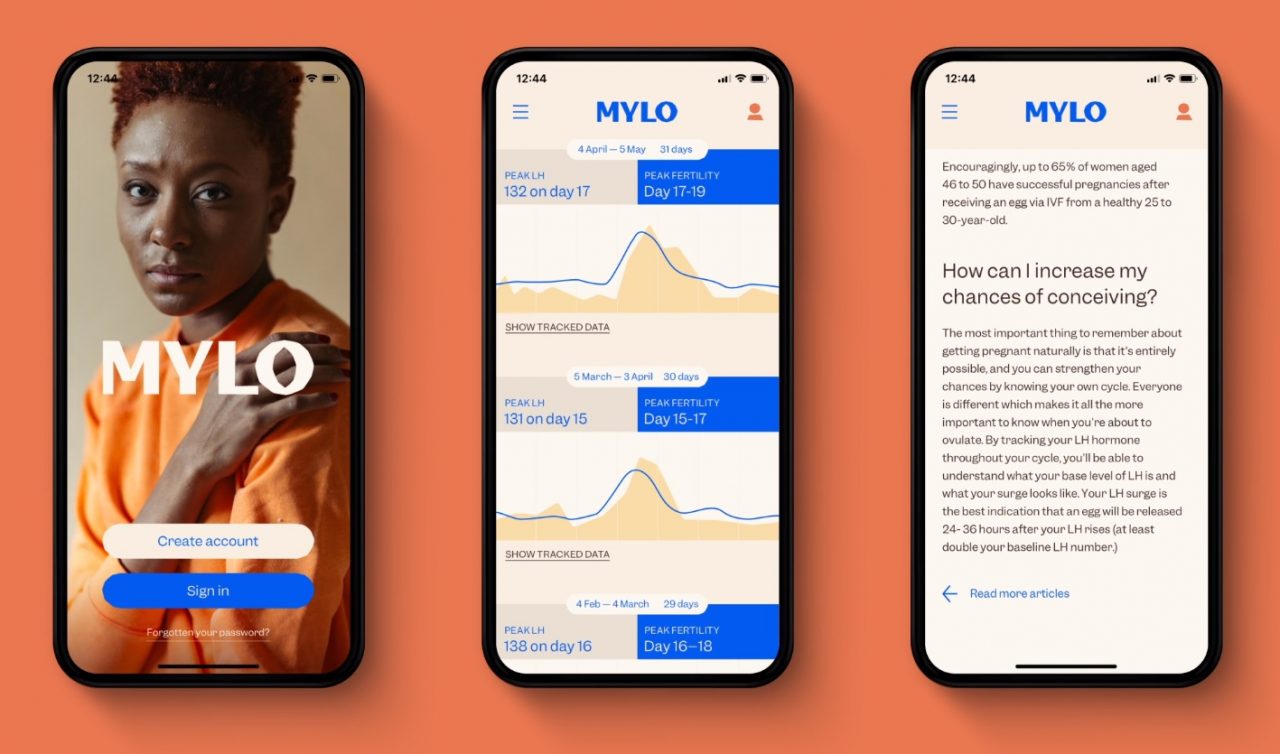
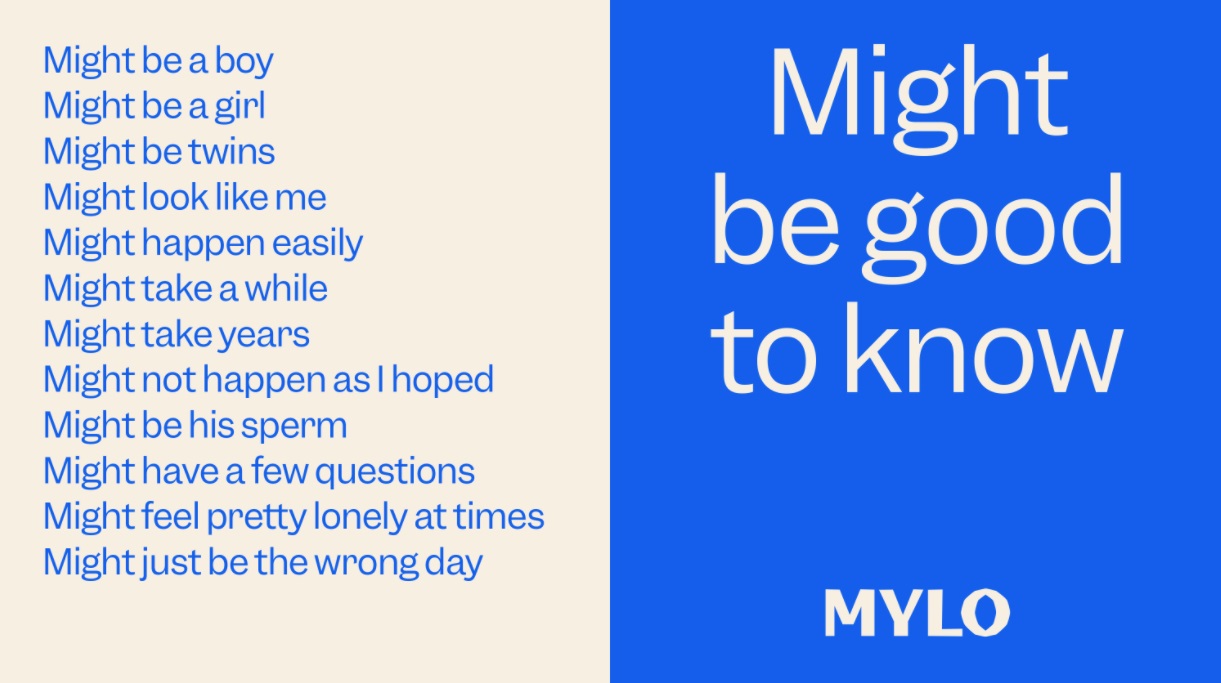
In some ways, this brand is leaning on a high level of craft in order to avoid having to say everything outright – which is particularly appropriate for a product that at once needs to be emotionally resonant and discrete. In many cases, craft allows a brand to communicate more while actually saying less.
Before we even start looking at factors such as price or features, it’s clear that MYLO’s highly crafted approach puts the brand in a completely different position – at least at first glance – than other products.
Two such competitors, Mira and Ladycomp, offer similar products and services but fail to hone in on the emotional experience of really taking charge of and engaging with one’s own fertility.
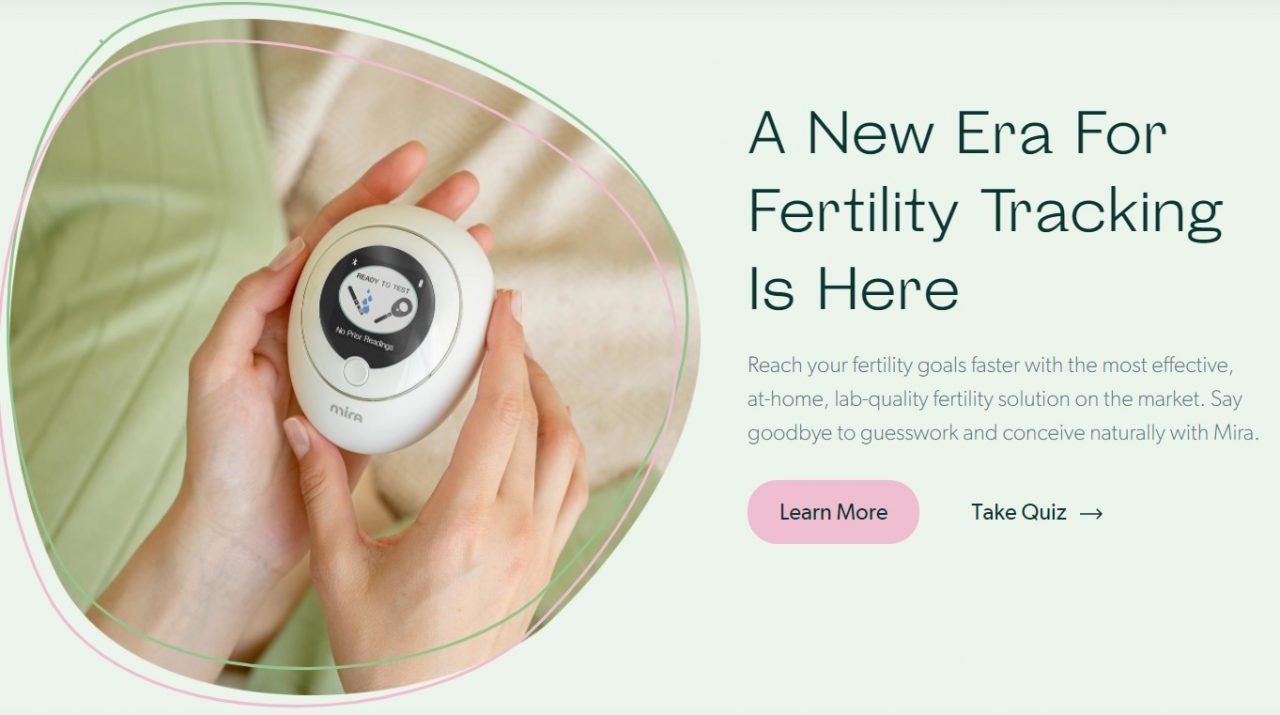

These two brands, while touting a similar offering, utilize very predictable and uninteresting design and writing to emphasize the features of their products. MYLO, on the other hand, employs a unified approach to design and writing, hitting the right emotional notes and creating trust through well-crafted creative.
The distinction really boils down to utilizing emotion to speak to greater truths (MYLO) vs. taking a purely literal and accurate approach to describing the product (others).
But isn’t it really just about sending the appropriate messages?
Yes, appropriate (i.e., suitable for the audience and product) branding that hits the right messaging is critical. But appropriateness alone fails to engage with people in the same ways as well-crafted branding.
Most marketing veers towards finding and utilizing the appropriate messages. Crafted branding takes it one step further, infusing originality and skill into all aspects of communication.
The veneration of well-crafted advertising is nothing new. D&AD, one of the most well-known non-profit advertising and design associations, was established in 1962 to represent, as Andy Sandosz, D&AD president from 2015-2016 referred to their coveted awards, “a pursuit of creativity.”
Similarly, the Cannes Lions International Festival of Creativity is dedicated to “providing a global destination and the definitive benchmark for creativity that drives progress.”
Without this “pursuit” Sandosz speaks of, without a constant striving to be better, more evocative, more emotional, and more precise in their creative execution, brands risk falling into the bottomless pit of “nothing to write home about”.
The magic in-between the numbers
Many assume that data and marketing are the most important pieces of the branding puzzle. And while they certainly cannot be neglected, there is real magic that happens between the numbers, in those murky, gray areas of nuance, where subtle emotions are conjured.
Craft allows us to tap into those emotions in an authentic and experiential way. And it goes beyond just design. Or writing. Or website. Or any assets in and of themselves.
Crafting brands requires caring about craft, about the utter originality and skill and creativity infused into your brand. Caring about craft is not a single set of actions, it’s an approach and a long-term commitment.
In this very crowded world of advertising where real people decide, usually in the blink of an eye, if they will choose you, craft becomes a flag, waving above the noise, proudly declaring that your brand has quality stitched into the very fabric of its identity.
Cover image source: Anthony Shkraba